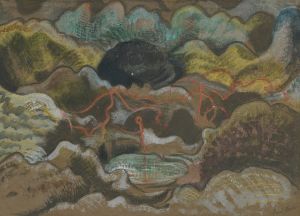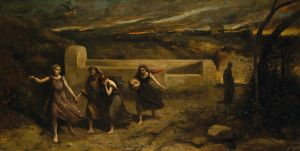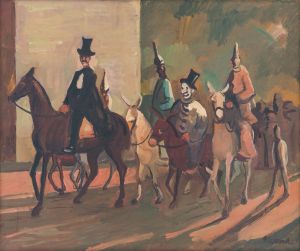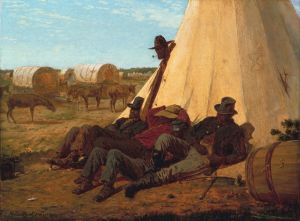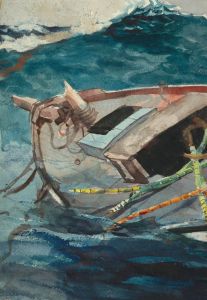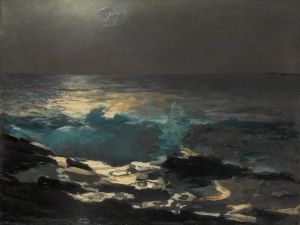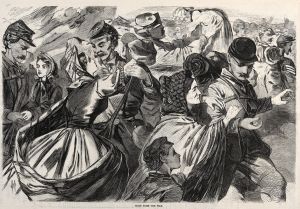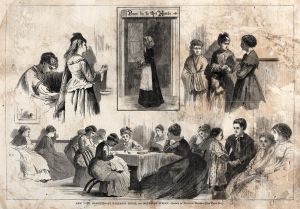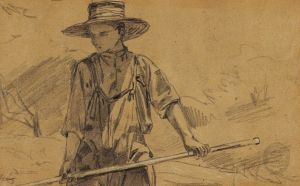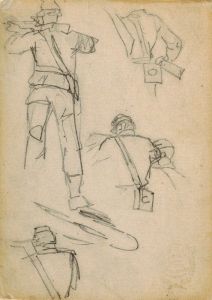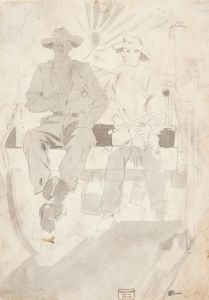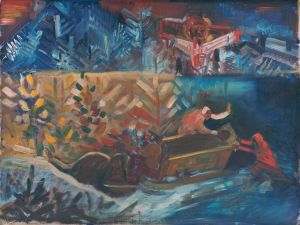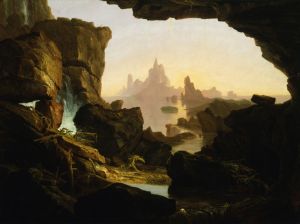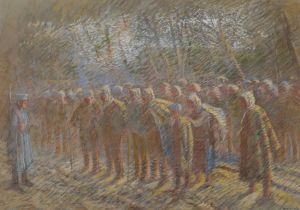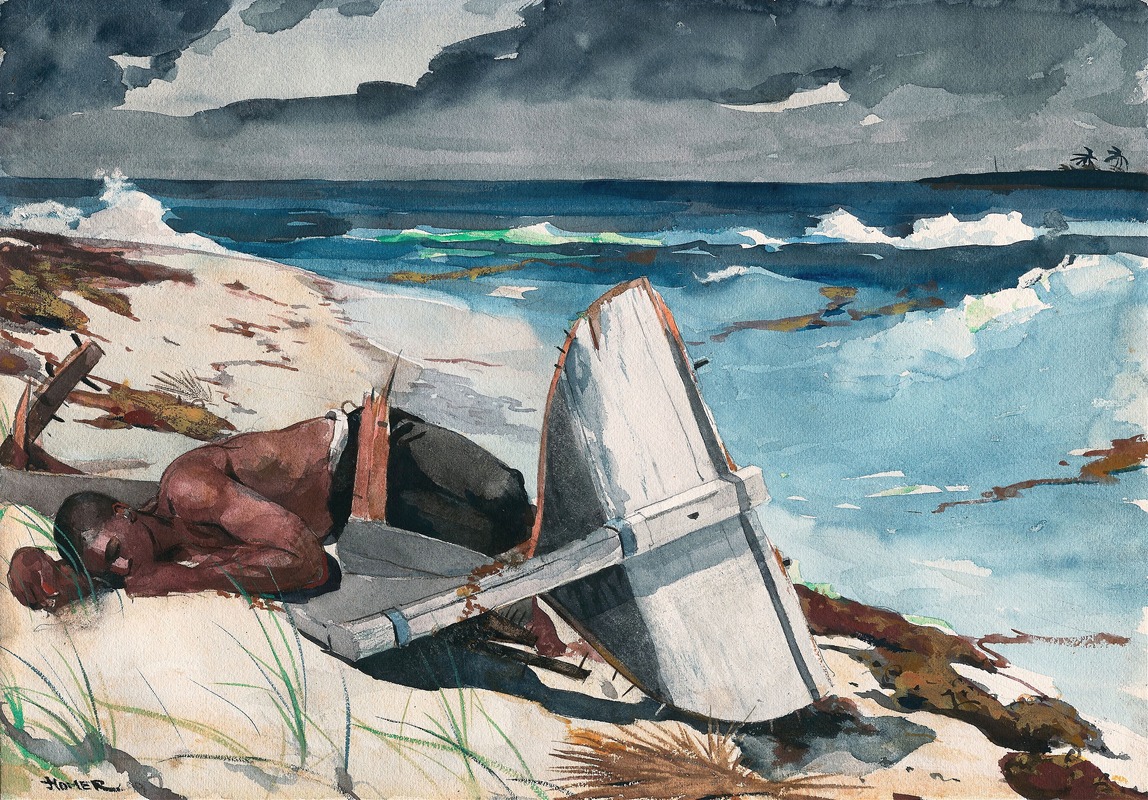
After the Hurricane, Bahamas
A hand-painted replica of Winslow Homer’s masterpiece After the Hurricane, Bahamas, meticulously crafted by professional artists to capture the true essence of the original. Each piece is created with museum-quality canvas and rare mineral pigments, carefully painted by experienced artists with delicate brushstrokes and rich, layered colors to perfectly recreate the texture of the original artwork. Unlike machine-printed reproductions, this hand-painted version brings the painting to life, infused with the artist’s emotions and skill in every stroke. Whether for personal collection or home decoration, it instantly elevates the artistic atmosphere of any space.
"After the Hurricane, Bahamas" is a watercolor painting created by the American artist Winslow Homer in 1899. Homer, widely regarded as one of the most significant figures in 19th-century American art, is known for his masterful depictions of seascapes, landscapes, and scenes of everyday life. This particular work is part of his later career, during which he focused extensively on maritime themes and the relationship between humans and nature.
The painting depicts a dramatic scene in the aftermath of a hurricane in the Bahamas. It shows a lone figure, a man lying on a beach, surrounded by debris washed ashore by the storm. The composition is stark and evocative, emphasizing the vulnerability of humans in the face of nature's immense power. Homer's use of watercolor in this piece demonstrates his technical skill, with fluid brushstrokes and a muted color palette that convey the somber mood of the scene.
Homer's visits to the Bahamas in the late 19th century greatly influenced his work. He traveled to the region several times between 1884 and 1900, drawn by the vibrant light, tropical landscapes, and the lives of the local people. During these trips, he produced numerous watercolors that captured the unique atmosphere of the islands and the challenges faced by those living in such an environment.
"After the Hurricane, Bahamas" reflects Homer's interest in themes of survival and resilience. The painting does not romanticize the aftermath of the storm but instead presents a raw and realistic portrayal of its impact. The figure on the beach, possibly a sailor or fisherman, serves as a poignant reminder of the human cost of natural disasters.
The work is part of the collection of the Art Institute of Chicago, where it continues to be admired for its emotional depth and technical brilliance. It is considered an important example of Homer's later watercolors, showcasing his ability to combine narrative and atmosphere in a single image.
Winslow Homer's watercolors, including "After the Hurricane, Bahamas," are celebrated for their innovation and influence on American art. This painting stands as a testament to his skill in capturing the interplay between humanity and the natural world, a theme that resonates throughout his body of work.





